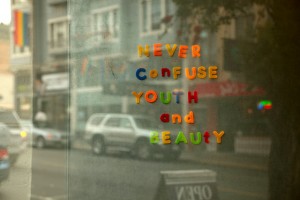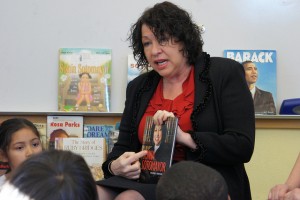How does growing economic inequality affect traditional patterns of gender inequality?
It used to be that the most economically successful women earned no more than the typical man, even when they had more education and held more highly skilled jobs. In 1970, the average woman in the top of the women’s distribution (between the 85th and 95th percentiles) made less than the average man who fell in the middle of the men’s distribution (between the 45th and 55th percentiles). The average female college graduate also earned less than the average male high school graduate.
But gender is no longer so predictive of earnings. Being at the top now outweighs being a woman. In 2010, high earning women made more than 1.5 times as much as the typical man. more...






